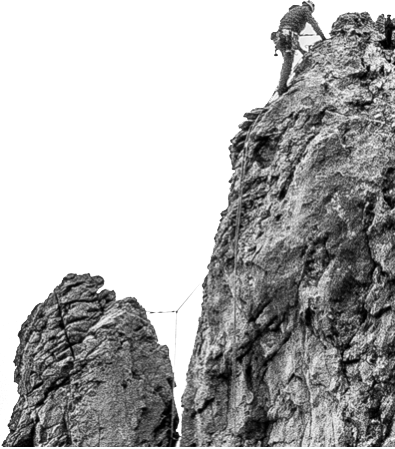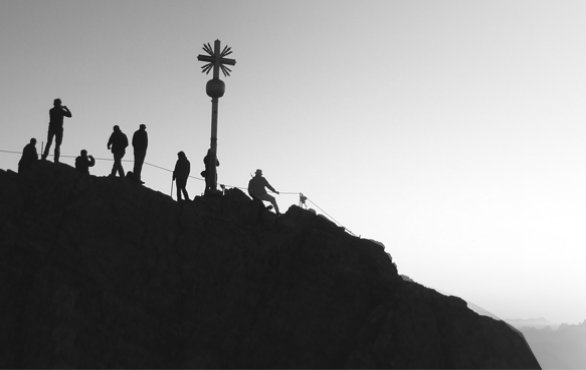Intense, excitable people are often simultaneously drawn and averse to meditation. When you have a mind that naturally operates on overdrive and a surplus of energy to match, or when you struggle to turn down the volume on your imagination or your emotions, the idea of sitting silently and quieting your mind is both appealing and daunting. So when I talk to people like this about my fledgling meditation practice, I usually hear some form of this stock response: “Oh, I wish I could meditate, but my mind’s way too active!”
This line gives every experienced meditator a good laugh. After all, it’s precisely because their minds are so active that overexcitable people—and I count myself among them—can benefit from meditation. Indeed, though you don’t need to be overexcitable to get this benefit, it’s easy to imagine that the ancient teachers who first developed our basic meditative techniques were themselves highly excitable, given their determination to succeed in training their minds.
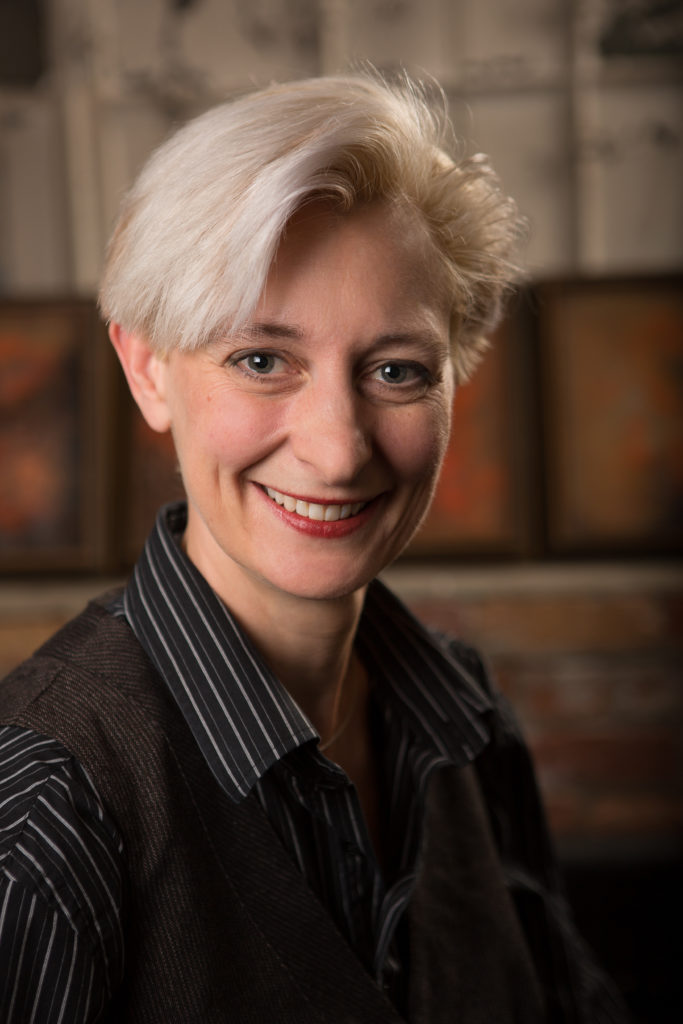
We can’t go back in time to interview them, of course, so that must remain speculation. But what about the overexcitable meditators of today? How do they find their way to the cushion, and what keeps them sitting there? To explore this question, I talked to Kate Arms of Signal Fire Coaching, a highly excitable woman and experienced meditator who helps her clients manage their own excitability. Signal Fire’s website notes that Kate specializes in working with are those who “have been told they are too intense” and who have “more interests than time to pursue them.” Yep, sounds like our target audience. Signal Fire even offers a special program, Thrive With Intensity, for those with OE.
Though she never heard the term “overexcitable” until she was raising four intense children of her own, Kate recognized the trait in her own experiences. Her awareness from an early age that she was “too much”—too sensitive, too driven, too “out there”—left her determined to learn to harness this intensity. As a college student, she picked up meditation as part of a quest to figure out, as she put it, “how to be in the world in a way that worked for [her].”
It wasn’t easy. Kate found sitting meditation—the classic practice in which the meditator sits on a cushion or chair, closes her eyes, and tries to maintain her focus on the breath—”incredibly difficult.” But she was fortunate enough to hear that this was normal from no less an authority than Pema Chödrön, a Tibetan Buddhist nun from New York who has written extensively about meditation for Western audiences. “Pema Chödrön tells lots of stories about how badly she meditates, and how hard it is for her,” Kate recalled. “That was really reaffirming.” This is a key lesson for novices: meditation is hard even for the experts we look up to, who have clearly benefited from their practice.
Meditation is hard even for the experts we look up to, who have clearly benefited from their practice.
And Kate did see benefits. “Very rapidly, I realized when I did manage to become present, it fell really good,” she said. Though she struggled to sit still on the cushion, she recognized, “This does good things for me—even when I do it badly.”
Kate’s difficulty with sitting meditation did lead her to continue searching for the one “right” way to meditate. She tried everything she could find: breathing techniques inspired by acting classes, yoga, kung fu, tai chi, vipassana, lovingkindness. “I’m toxically allergic to gurus,” Kate noted. “That’s why I bounced between traditions. I didn’t want to take any one person’s word for it.”
Eventually, she found that a couple of schools of yoga fit quite well with her background. She was a ballet dancer as a child, so Iyengar Yoga, a practice that emphasizes precise positioning of the body, felt natural to her despite its physical discomfort. Another practice, Kripalu Yoga, taught that after holding each pose, practitioners should pay close attention to what their bodies wanted to do and go into a responsive flow. Compared to the traditional form of walking meditation, in which practitioners engage in a period of slow, mindful paces, Kate found this type of movement meditation more accessible to her as a novice. “I think there was a level of development that I needed to get to in order to gain the willingness to be patient with walking meditation,” she recalled. Eventually, however, she did get there: “Now I can do a walking meditation for quite long periods of time.”
Once she had found practices that particularly suited her unique experience of being, she came to an important realization: “The type of practice doesn’t really matter, because they’re all actually about learning to come back to one point of focus.” And she emphasized that the same will be true for anyone: overexcitable or not, divergent or typical, sensitive or hardened, your inner landscape will give you plenty to work with, and your experience will be uniquely yours, even as you work on that goal common to all meditators: maintaining your chosen focus.
Why It’s Good to be Bad at Meditation
Still, overexcitable people are likely to face similar hurdles as they establish their meditation practices. Those with psychomotor overexcitability might struggle to sit still for long periods of time. Those with intellectual or imaginational overexcitability might find it particularly challenging to resist the urge to jot down a great thought that comes to them while they’re on the cushion. Kate’s sensory sensitivities were part of what made sitting meditation tough for her. But she emphasized that this is all part of the experience. You simply observe what’s going on inside your body and mind; if you’re more sensitive to stimuli than most, then that’s what you observe.
In fact, your sensitivity might even be good for your practice. “At some level, I think [meditation] is most valuable for the people it’s hardest for,” Kate said. This is true for people who have the most trouble sitting still; it’s doubly true for people who have trouble accepting that they have trouble sitting still. In this respect, Kate said, being gifted can be an even bigger hurdle for novice meditators than being overexcitable. “The mindfulness teachings that make it okay to be really, really bad at something are the most important, I think,” she explained. “For gifted people especially, that is incredibly challenging.” People who easily grasp complexity and recognize patterns often get used to things coming easy for them—and to being valued for that. This leaves them susceptible to shame when they struggle with anything.
Some of these people even begin to suspect there’s something wrong with them—that their failure to immediately excel must point to some sort of pathology. The rapid processing and constant ideating that characterizes the overexcitable mind can give rise to a difficulty focusing that many assume must be attention deficit hyperactivity disorder (ADHD). Kate herself once had a conversation with her doctor about whether she should be assessed for the condition and whether ADHD medication might be useful for her. “[The doctor] said, ‘No, you don’t have ADHD, you have triplets,'” Kate recalled. It wasn’t that she had problems focusing; it was that she had too many things she was attempting to focus on. And she’s seen this play out in the lives of other highly capable people: when they hit a level of complexity that their coping mechanisms can no longer handle, they start acting like they have ADHD. “The thing about focus is that ADHD is a diagnosis of last resort. The diagnostic criteria is attention problems that cause functional disability and are not otherwise explained. As soon as there’s another explanation for it, it’s not ADHD.”
Moreover, while virtually every human being has a brain that’s constantly churning out thoughts, in some people—those whom we might describe as “creative”—a slightly greater percentage of those thoughts will be new and original. Kate suggested that mindfulness and meditation can benefit these people in particular. “Those thoughts are the bright shiny objects that make us go, ‘Yes, I want to go over there!'” Kate said. “Mindfulness is useful because it gives us the space to look at a new idea and say, ‘Huh, that’s new and useful—and outside my capacity to do anything with.'” This is an essential but difficult lesson for the high-energy ideator, and one that most of us were never taught. “Our society sends bright children the message that because you can do something, you should do something,” said Kate. “The truth of the matter is that the more potential you have, the more unrealized potential you’re going to die with. We all still only have twenty-four hours a day. That’s just the reality.”
Mindfulness is useful because it gives us the space to look at a new idea and say, “Huh, that’s new and useful—and outside my capacity to do anything with.”
Kate Arms
So why spend some of it on meditation? Kate offers a few reasons. The most powerful for her is simply the joy of that moment when her thoughts finally disappear. “It’s so blissful that I crave it,” she said. Another reason is that practicing mindfulness truly does make her more productive. This, of course, is why many workplaces now offer mindfulness training—though in Kate’s eyes, it’s not the main benefit. “I’m not obsessed enough with productivity for it to be enough to get me to the cushion,” she said. “I am obsessed enough with finding moments of bliss.”
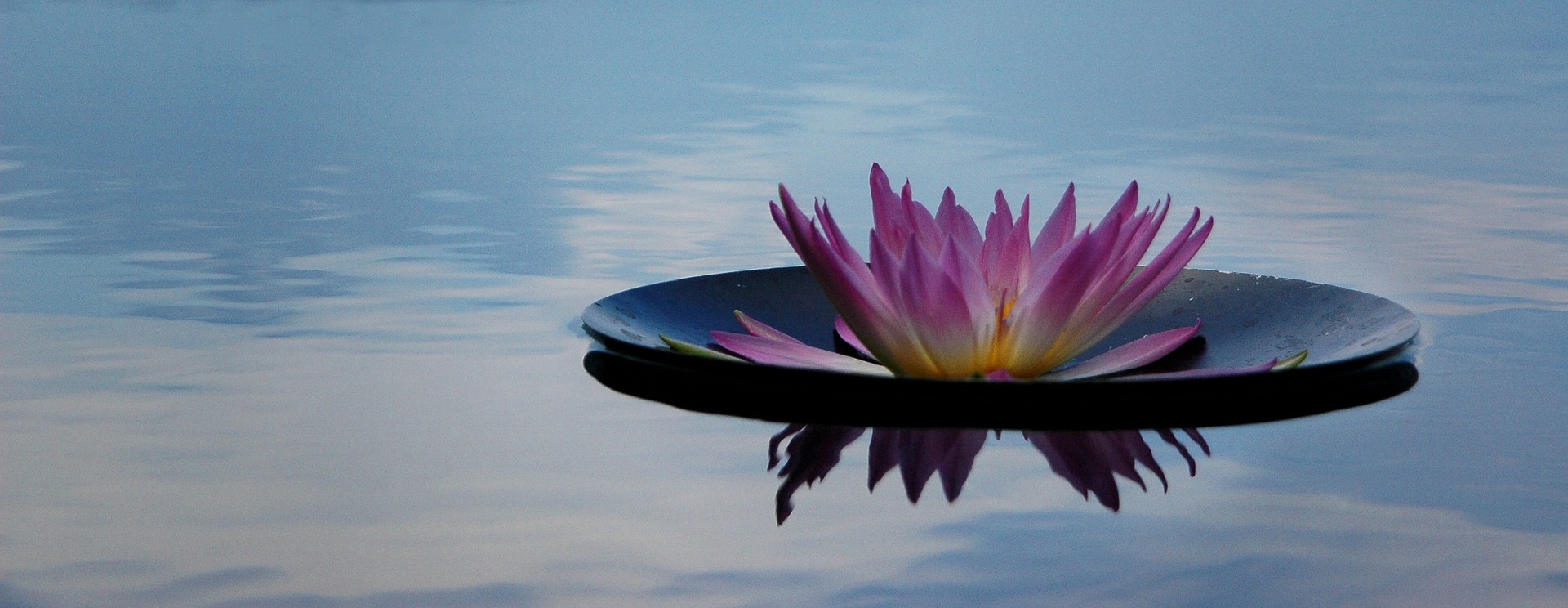
Meditation as a Path to Reintegration
If you’re familiar with Kazimierz Dabrowski’s theory of positive disintegration (TPD), you’ve probably recognized some familiar themes in this conversation. A person experiences innate too-muchness; that too-muchness fuels disintegration; that disintegration leaves the person determined to harness the too-muchness in order to grow. This is the beginning of the Dabrowskian path.
Though it may be common enough to give rise to a theory, it’s still rare enough that people going through it usually feel isolated. Kate recalled thinking thoughts common to those on this path even as she perceived herself to be alone. Her search for a higher path led her first to the work of other psychologists who address this same journey.
One was Czech psychiatrist Stanislav Grof. Kate likened Grof’s concept of “spiritual emergency” to the breakdown that occurs at level III in TPD, and noted that Grof urges people who find themselves in a period of positive disintegration to work through what only looks like mental illness to reach the next level of development. “It was his work that made me see that this experience didn’t have to be a bad thing,” Kate recalled.
For an example of how this kind of disintegration can go from overwhelming to amazing reintegration, she recalls Eckhart Tolle’s story. Tolle had spent much of his life depressed until age twenty-nine, when he had a moment of insight. He proceeded to spend two years “blissed out” sitting on a park bench before he became the spiritual teacher he is today. His books have sold millions of copies and earned Oprah’s endorsement—suggesting, perhaps, that this sort of experience is not as rare as it feels while you’re going through it.
It wasn’t until much later that Kate discovered TPD. When she did, however, she recognized that the concept of positive disintegration fit squarely with the way of understanding society and personal development that she now practiced. She put it this way: “For me, positive disintegration is the experience of going from one mind state to another. It’s like the caterpillar becoming the butterfly. Inside the chrysalis, it actually dissolves into goo. And the butterfly emerges from that goo.”
This is why the world looks different when seen from different levels. I myself am still a novice meditator, and as such, I’m still grappling with being honest with myself about why I’m giving it a shot. Perhaps, I have thought to myself, I’m doing it in the hopes of achieving flashes of analytic brilliance—a desire that would have a definite impact on the development of my practice. (It would, for example, justify keeping a notepad beside the cushion—something that is decidedly frowned upon in orthodox meditative practice.) Or perhaps at other times, I simply want to escape—to see if those “moments of bliss” people like Kate have mentioned are real—and accessible to someone like me.
“That’s a false dichotomy where I am,” Kate said when I asked her about this, “but I remember when I was in that place. Now, when I’m on the cushion, I’m on the cushion. Then I get off the cushion and go to work. If my work is writing about being on the cushion, then I trust that I will have relevant information accessible to me when I go to work. It took me a long time to get there and I’m still not one hundred percent there.
“What looks obvious from one position is totally nonobvious from another, and vice versa. For me it comes back to the saying: before enlightenment, chop wood, carry water; after enlightenment, chop wood, carry water. On either side of a development, people might use the same vocabulary, but they’re not talking about the same things.”
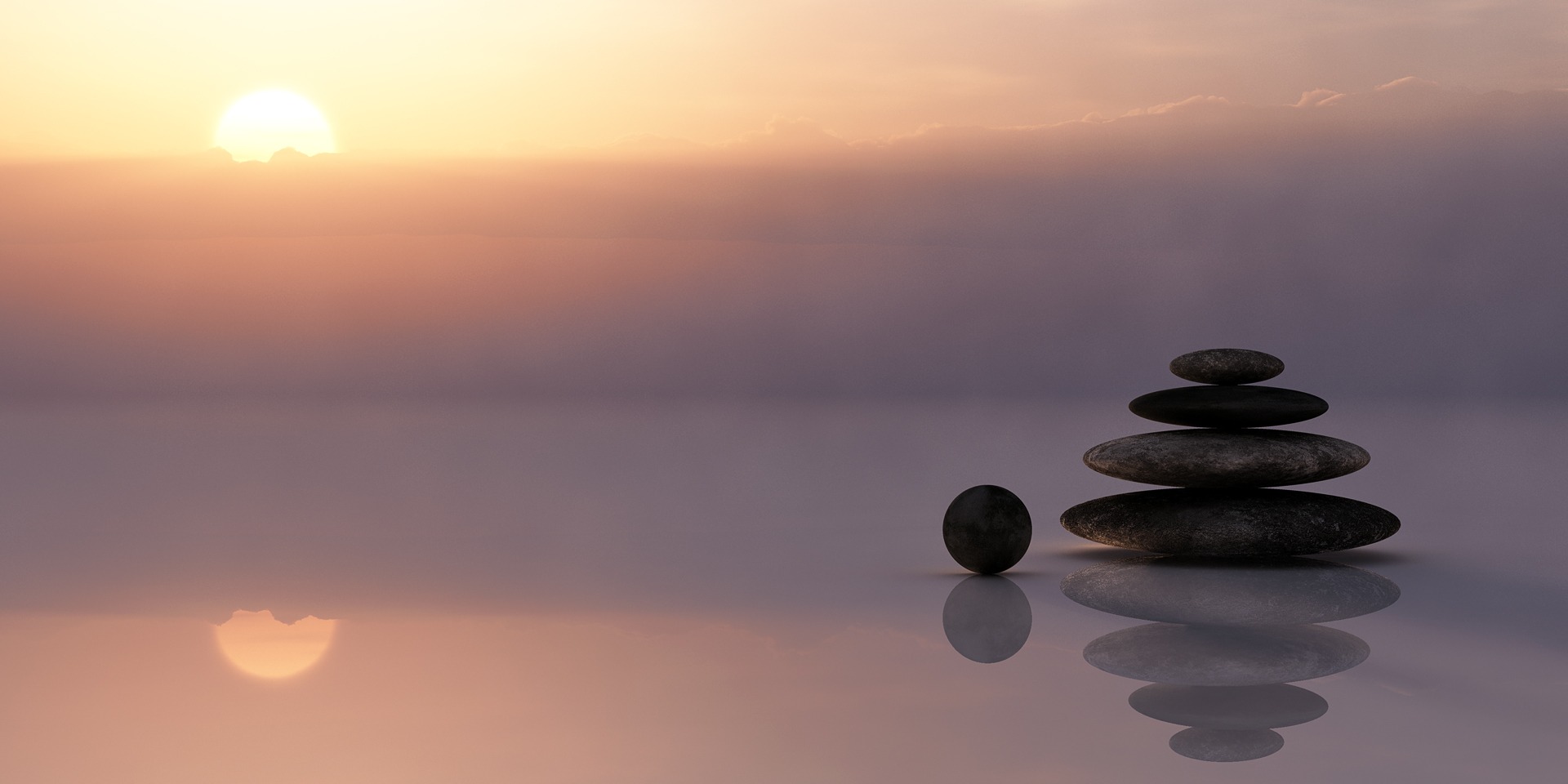
Advice for the Novice
For those of you who are enticed by this journey and want to give it a try, Kate offers three key pieces of advice.
First, compassion is of central importance. When you recognize that your mind has wandered and you return to your point of focus, you must not shame yourself for having gotten lost. Kate cited a lesson from Pema Chödrön: “When I hold the focus, I celebrate my capacity to hold the focus. When I lose the focus, I celebrate my capacity to notice that I lost the focus.”
When I hold the focus, I celebrate my capacity to hold the focus. When I lose the focus, I celebrate my capacity to notice that I lost the focus
Pema Chödrön
Second, human brains and bodies will never be able to completely hold awareness of only one thing. In fact, we wouldn’t want to—it would be dangerous. Even when we maintain focus on the object of attention, the peripheral awareness of the wider world is operating. The goal is to be able to choose whether or not to engage with it. Meditation training is about sustaining and recovering focus. “So, actually, at the beginning, the more you lose your focus, the faster you get better,” Kate said. “The purpose is training in that kind of recovery—coming back to the present moment. Eventually you stop celebrating that. But first, stop beating yourself up.”
Third, we’re shooting for an ideal, but none of us are there. In yoga, for example, practitioners aim for an ideal physical shape, but no one truly reaches it—not the students, and not the teacher. “The internal experience of pushing ourselves beyond our limits, towards the goal, is exactly the same for everybody in this room, no mater what actual physical position they’re in,” Kate said. “We all have moments where we feel lost to the focus. We’re all just stretching towards it, from where we are.”
- Want to give meditation a try, but not sure where to start? This issue’s Excitable Read is a meditation guidebook that’s sure to set you on the right track.



